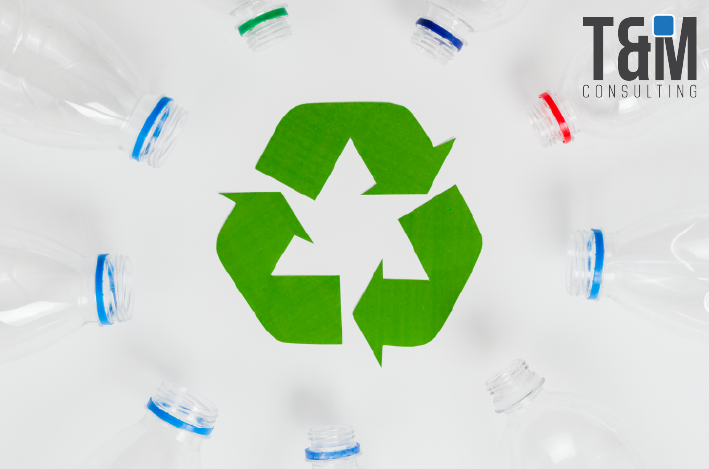Econews
A novel system that turns carbon dioxide into bioplastics

It took a group of researchers from Texas A&M University and Washington University in St. Louis nearly two years to find an environmentally friendly alternative to produce plastics. They searched for various alternatives until they found a formula that uses CO2 as a raw material that allows bacteria to grow in a nutrient chamber and produce bioplastics.
"The benefits of the technology are multifaceted," commented Josha Yuan, a researcher on the project. "It is carbon negative and can certainly mitigate global climate change and at the same time produce degradable plastics that can replace non-degradable petrochemical plastics," he pointed out.
The new system has a faster reaction rate and efficiency compared to photosynthesis, the chemical elements chosen to achieve this were acetate and ethanol, as Yuan comments "The key was to convert CO₂ into something the bacteria could use. We chose acetate and ethanol as intermediates. These water-soluble molecules allowed rapid transfer of electrons, energy and mass and allowed the whole system to work quickly."
For this to work properly, the two most important phases must be connected to each other. Susie Dai, a researcher on the project, explains, "The first unit uses electricity to convert carbon dioxide into ethanol and other two-carbon molecules, a process called electrocatalysis. In the second unit, bacteria consume the ethanol and carbon molecules to become a machine for producing bioplastics, which are different from petroleum-based plastic polymers that are more difficult to degrade."
Although it remains to be evaluated whether the new system allows producing bioplastics economically, since they are currently more expensive than petroleum-based plastics, if the results are successful, industries could apply this new system and their products would have less environmental impact, the objective of the research.
"This innovation opens the door to new products if the bacteria are designed to consume molecules derived from carbon dioxide and produce the desired products. One of the advantages of this design is that the conditions in which the bacteria grow are gentle and adaptable to industrial-scale conditions," commented Dai.
You can learn more about this breakthrough by following the links below:
https://www.cell.com/chem/fulltext/S2451-9294(22)00478-8
https://agrilifetoday.tamu.edu/2022/09/28/texas-am-agrilife-develops-system-to-create-bioplastics/
https://source.wustl.edu/2022/09/new-system-creates-bioplastics-consumes-co2/
01 de Noviembre, 2022





